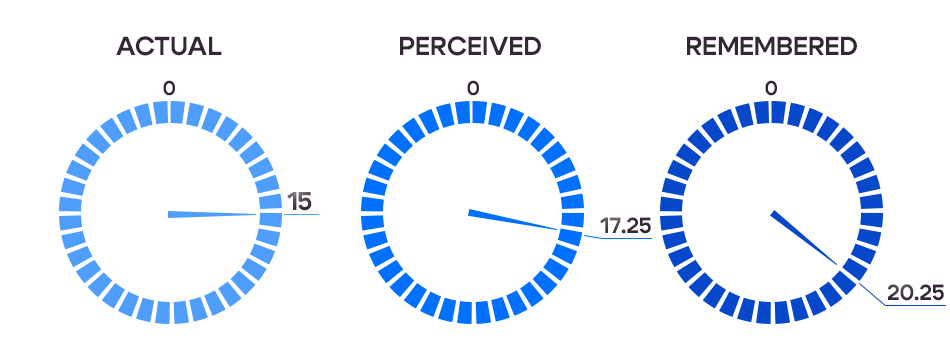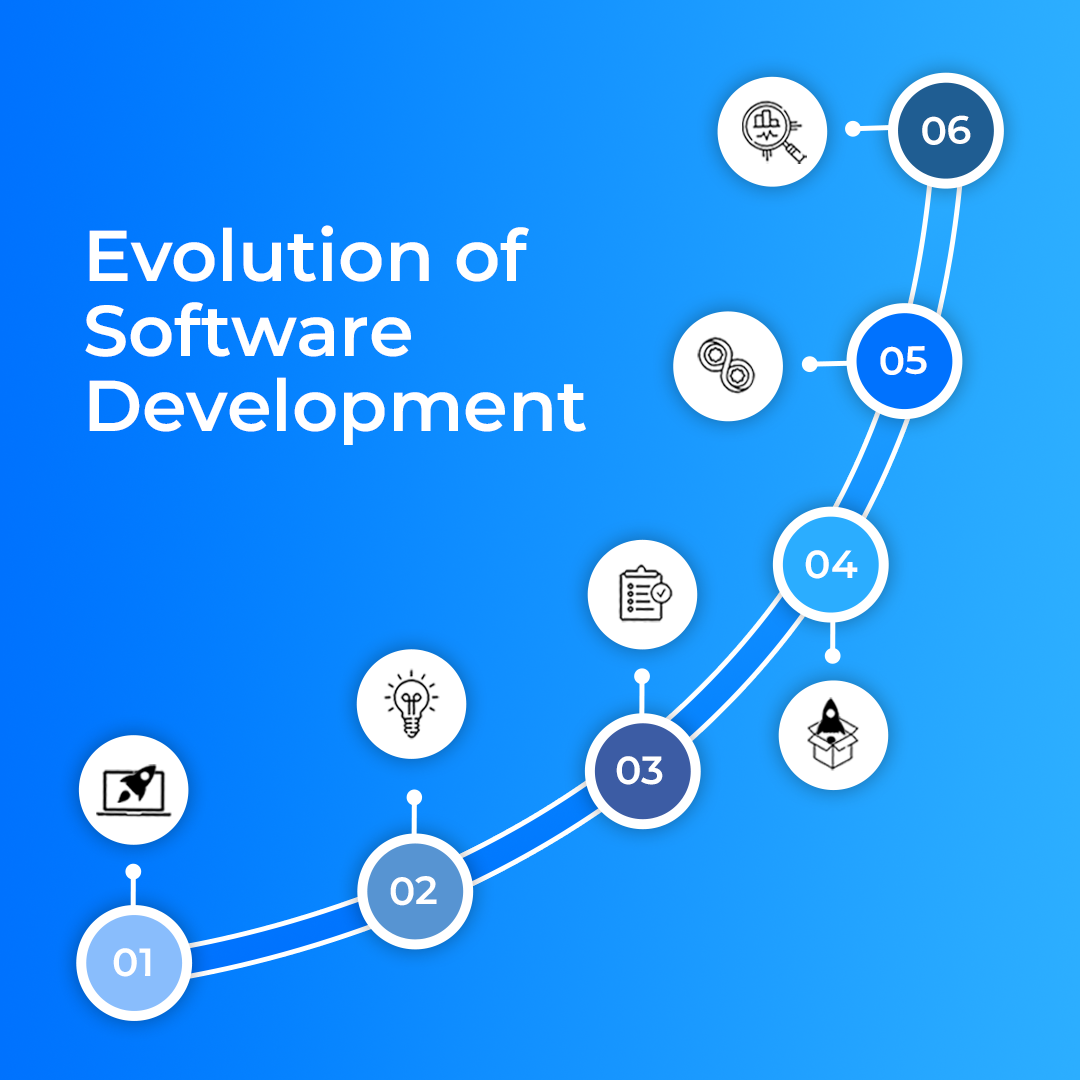“One page. A logo. A few lines about what we do. And a contact form. And a bit of graphic elements will do. Shouldn’t take too long, right?”. This is exactly how many clients imagine a company profile website. It is also very common for some even bring a ready-made template. “We just need to plug in our info,” they say. But the truth is that’s not how it works. In that case, you get a site that looks like everyone else’s and says nothing about your unique selling proposition.
But even if the design holds, there’s more under the hood. Hosting, domains, fonts, forms, metadata. HTML and CSS that don’t glitch on mobile. JS that behaves, speed that doesn’t kill SEO, a CMS that doesn’t frustrate you. And yes, a backend to actually deliver that “simple” contact form to your inbox.
So what exactly hides behind this “simple one-pager”?
It’s not just one page – It’s a smart system
What the user sees is a single screen. But, what the browser sees is a web of code, styling, scripts, and logic. Simply put, there are multiple layers working together:
- HTML gives the page its structure and defines what goes where;
- CSS styles the layout, colors, and fonts to make it visually clear and attractive;
- JavaScript brings the page to life with interactive behavior.
When a feature requires user input, for example, a contact form, a backend layer must be involved. The form needs validation (to ensure fields are filled correctly), spam protection, and a secure way to send the data to the server. From there, the backend can handle tasks like sending an email notification or storing the data in a database.
And once the site is live, it doesn’t stay still. Browsers get updates, libraries change, domains expire, servers go down. Even a static site requires ongoing maintenance to keep it secure and stable.
Security is a must
A company profile site might not store user data, but it’s still exposed to the web. That means it needs a valid SSL certificate, secure handling of forms, and protection from common vulnerabilities like injection attacks or spam bots.
Performance isn’t optional
Imagine walking into a shop, opening the door and waiting. Five seconds pass and still no one greets you. Chances are, you’d walk right back out. That’s exactly how it feels when a website takes too long to load. According to performance expert Stoyan Stefanov, we tend to perceive load times as slower than they are in the moment, and even slower in memory. A site that takes 15 seconds to load already feels like 17. And when someone remembers it later, they’ll swear it took over 20.

Thus, even a one-page site needs to move fast. Not just because users are impatient, but because search engines are too. You don’t just lose visitors, you lose rankings, leads, and ultimately trust.
And speed isn’t the only aspect that we should focus on. Speed comes from invisible work including:
- Optimized images – compressed to load fast, but still sharp;
- Clean CSS – styles that make the site look right, without weighing it down;
- Lightweight JavaScript – scripts that power interactions, but don’t slow everything else;
- Server speed – which determines how quickly your site even starts to appear.
- Mobile-first layout – design that prioritizes phones, where most people browse today.
When even one of these layers underperforms, users feel the lag, consequently, rarely give second chances.
The magic behind fast and smooth websites
You’ve seen it before when you click a link on a website and instead of loading a new page, the content changes instantly. Everything stays on one screen, as if the site is reading your mind which feels fast, fluid, and expensive.
That smooth behavior is the result of single-page application (SPA) technology, powered by JavaScript frameworks like React, Vue, or Angular. These tools allow developers to build sites that update content dynamically, without forcing a full page reload each time you click something. It’s still technically one page, but it behaves like an app.
As a result, the user sees simplicity. But, what developer handles behind the scenes is a layered system of state management, routing, component rendering, and history tracking. All of it has to be written, tested, and kept in sync. This level of interactivity may seem simple on the surface, but building it takes experience. While advanced no-code platforms can mimic some aspects of this smooth experience, building a truly fast, scalable, and maintainable SPA often requires custom development and deeper control over the codebase. And while the tech stack may stay invisible to your audience, they’ll absolutely notice the difference in how it feels.
A call to action (CTA) is more than just a button
Every company profile website has one main goal, which is to get the users to act. It can be either click a button, send a request, or book a call. This CTA (call to action) button might just be the most important element on the entire page, because it determines whether your website does its job or just looks nice and gets ignored.
To avoid the second scenario, it’s crucial to start with the copy. It has to be clear, specific, and timed just right. The balance rule must be maintained throughout the whole page. Say too much, and people stall, say too little, and they don’t trust it.
Then, the behavior. What happens after the click? The site has to process the request, send the data, give feedback, maybe even trigger emails or CRM workflows. That means real backend logic including form validation, spam protection, server handling, and third party integrations that work. And most importantly it has to work everywhere, in different time zones, at any hour of the day. So no, it’s not just a button, it’s the turning point where your website either works or doesn’t.
Thinking in constraints
When building a company profile websites, there is less room to solve more problems. Every detail has to be intentional. That forces the developer to think hard about information architecture, navigation, scroll behavior, and even micro-animations. The smaller the space, the harder it is to build.
Final thoughts
At Mifort, we don’t treat your company profile website as just another single page. For us, it’s a mini product that needs to load fast, say a lot in few words, and work flawlessly every time. Because when there’s only one page to speak for your business, every detail matters. And getting it right is never as simple as it looks.




